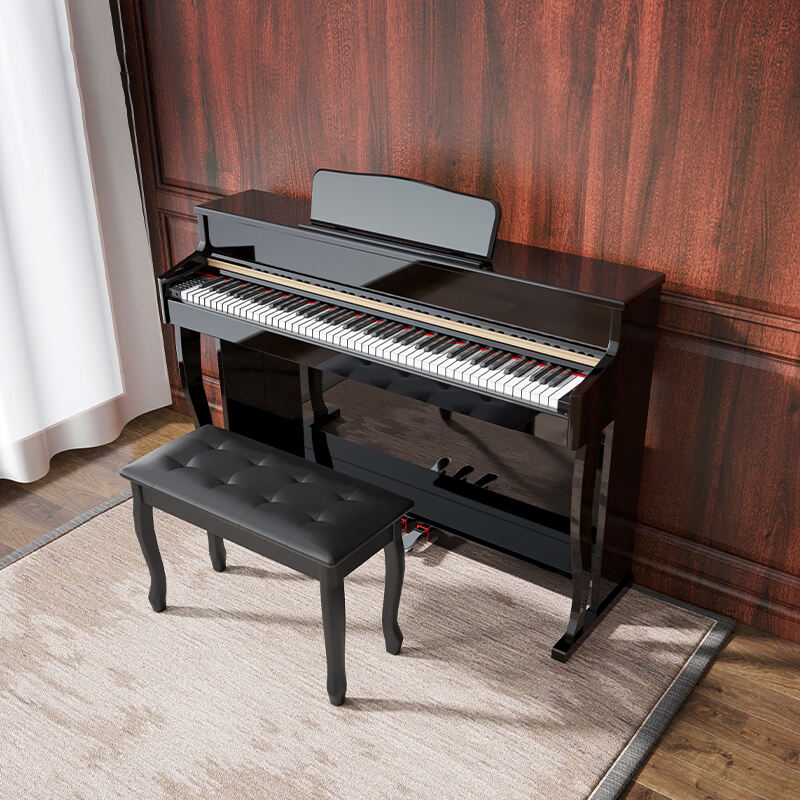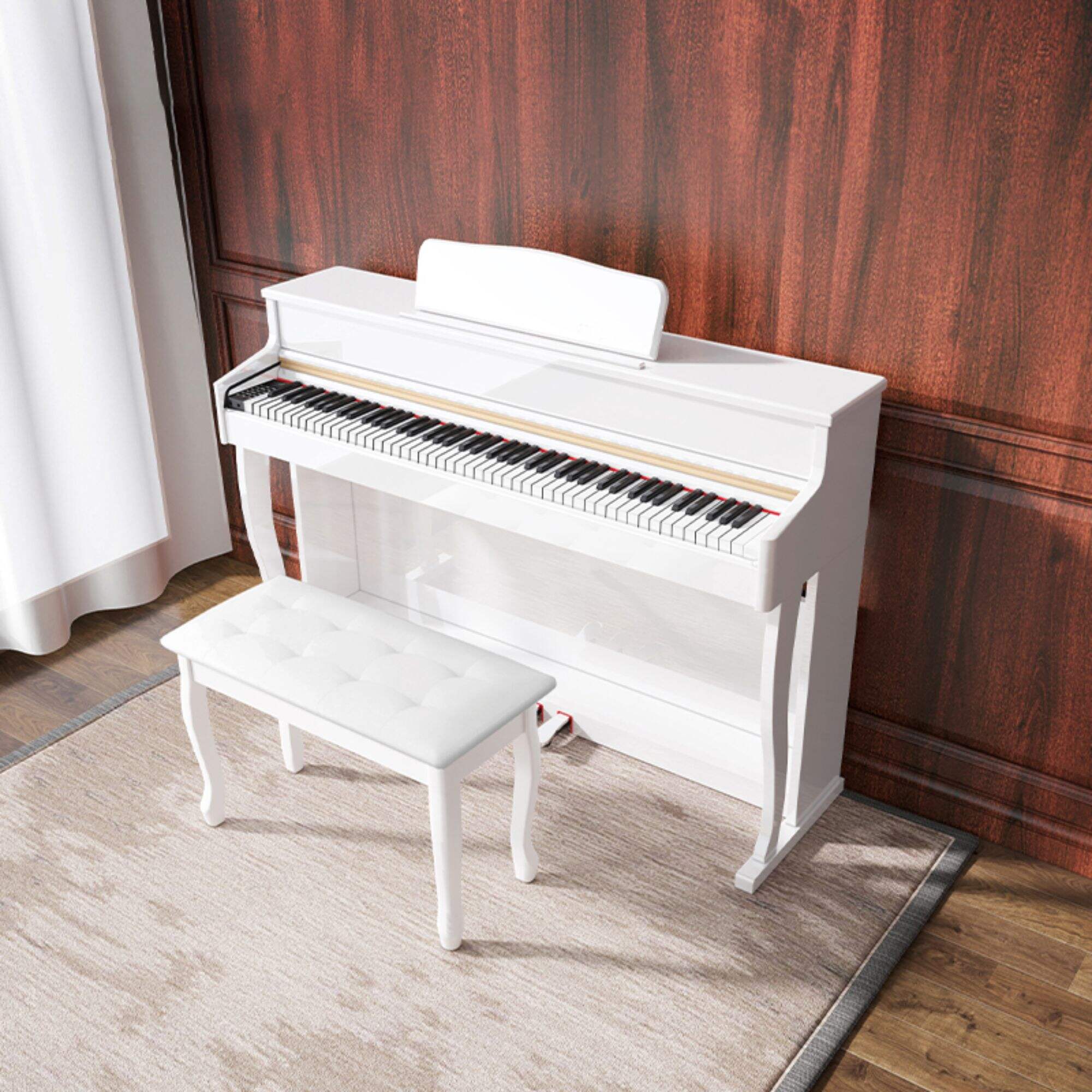What is the product testing process in digital piano production?
The digital piano product testing process usually includes the following main steps:
Functional test: Test the basic functions of the digital piano, including keyboard response, tone switching, volume adjustment, tone setting, etc. These tests are usually performed by automated testing equipment or specialized testing software.
Sound quality test: Use professional audio testing equipment to evaluate the sound quality of the digital piano, including the clarity of the sound, the authenticity of the sound, the balance of the sound, etc.
Keyboard test: Test the touch feel of the keyboard, the accuracy of the key positions, the feedback of the key positions, etc. to ensure that the quality of the keyboard meets the requirements.
Durability test: Conduct long-term use tests on digital pianos to simulate actual usage scenarios, such as continuous playing, frequent key presses, etc., to test the durability and stability of the product.
Appearance inspection: Check whether the appearance of the digital piano is intact and whether there are scratches, deformations and other quality problems.
Safety testing: Test the electrical safety of digital pianos to ensure that the product complies with relevant safety standards and regulations, such as electrical insulation testing, leakage current testing, etc.
Software testing: If the digital piano has software functions, the software also needs to be tested, including functional stability, compatibility, user interface friendliness, etc.
Packaging test: Finally, the digital piano’s packaging is tested to ensure that the product can be safely transported to consumers without damage.
These testing procedures may vary depending on the characteristics of different manufacturers and products, but they usually include the basic content mentioned above.


 EN
EN
 AR
AR
 DA
DA
 NL
NL
 FR
FR
 DE
DE
 EL
EL
 HI
HI
 IT
IT
 JA
JA
 KO
KO
 NO
NO
 PL
PL
 PT
PT
 RU
RU
 ES
ES
 SV
SV
 TL
TL
 ID
ID
 SR
SR
 VI
VI
 ET
ET
 HU
HU
 MT
MT
 TH
TH
 TR
TR
 FA
FA
 MS
MS
 SW
SW
 BE
BE
 AZ
AZ
 KA
KA
 BN
BN
 HA
HA
 JW
JW
 MR
MR
 PA
PA
 TA
TA
 TE
TE
 KK
KK
 UZ
UZ




